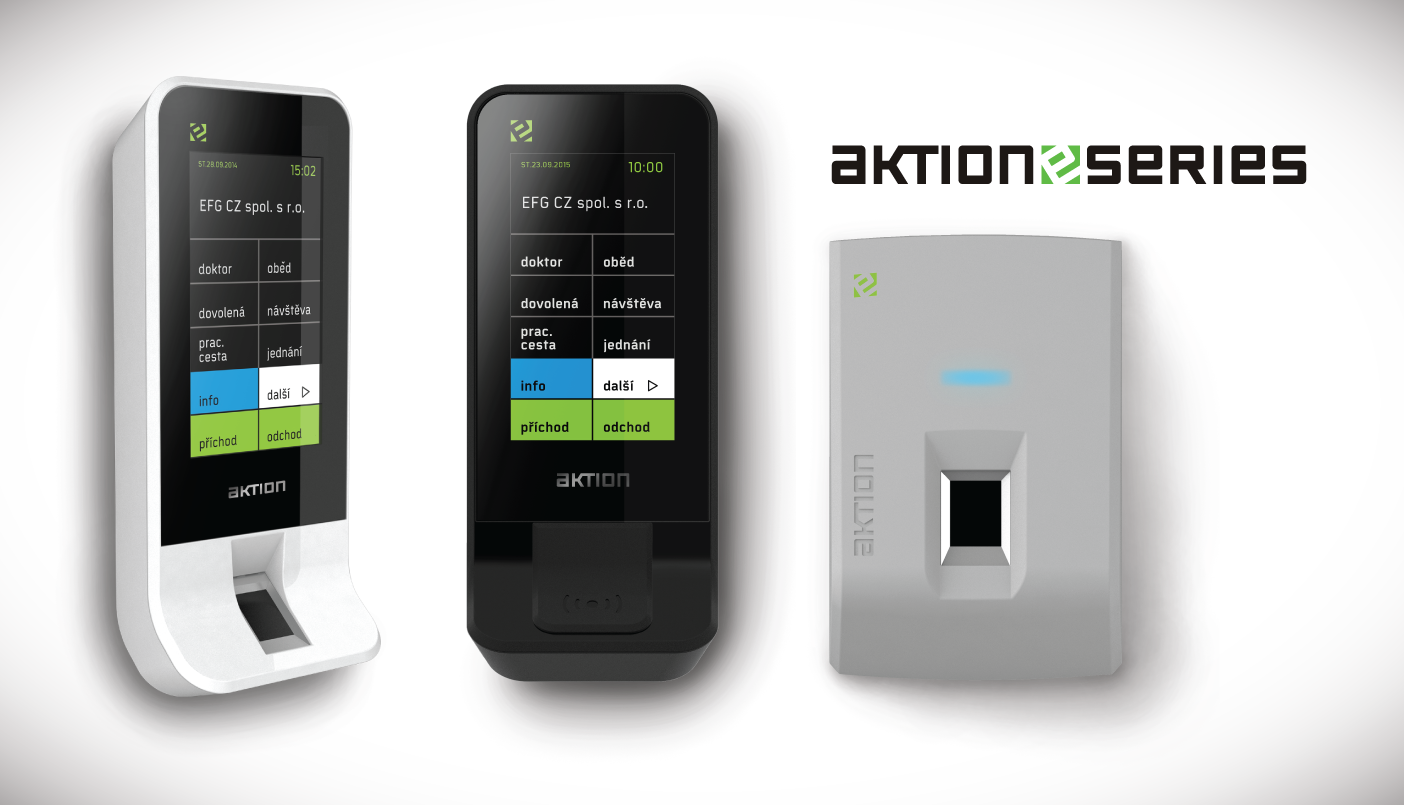Economic advantages of identification systems
Direct savings include include primarily the reduction of work capacity saved in the accounting department, where manual outputs from the organisation's data base are produced. By acquiring a time and attendance system, you will get an overview of the hours worked by your employees, you will be able to regulate the amount of overtime hours and, among other things, the possibility of interfacing with your payroll system and thus simplify the processing of attendance as much as possible. Due to the database registration of the data obtained, the payroll program and the attendance system can be interconnected. This saves employees' time when filling in payroll reports and also eliminates the possibility of incorrect entries and consequently the time needed to remove them.

Indirect savings include include increasing employee work discipline, protecting the company's buildings and know-how from unauthorized access, using intranet communication for online connection with the central database and thus saving the time of the organization's employees. According to our experience from the implementation of the Aktion.NEXT system, the average payback period of the investment is in the range of 3 to 4 years and sometimes even less.
Benefits for safety
In addition to perfect attendance records, security applications that allow monitoring and control of entry and exit points to the company's premises are a frequently used benefit of the identification system. The most common access control system installations include controlling entry barriers to company parking lots, entrances to administrative buildings, offices, employee locker rooms, and other places that require increased control over the movement of people.
Another benefit is the ability to set access permissions to individual premises or operations. When using smart cards and sensors with electronic locks, "accessible" and "inaccessible" zones can be defined for employees. This prevents the movement of employees, for example, to special areas, research laboratories, etc. It also allows the movement of employees around the building to be tracked, who has been where and for how long. The system can also record attempts to enter a restricted area or to force open a door. The introduction of access control systems will limit the free and uncontrolled movement of people in certain areas of the building.

Biometric identification
In buildings to increase security, it is advisable to use biometric characteristics such as fingerprint or iris to identify people. Biometric identification offers two main advantages over identification through physical media such as cards or chips. The first advantage for the system operator is that access and attendance systems verify the identity of the person and not just the media. Thus, the operator knows that employee XY came in at 8:05 a.m. and not his card. It is certain that no one could have borrowed or stolen the fingerprint.
The second advantage is more for the end user of the system. It is that everyone has the biometric identification medium with them without losing it, forgetting it or risking theft. The use of biometric technologies in access control applications has long been a science fiction. They are used every day in businesses large and small.
Added value of the attendance and access system
Nowadays, attendance records are not just about processing attendance data, but companies usually need to deal with a complex agenda. This can be done by linking data from the identification system to other applications in the company, but advanced systems can handle many requirements independently. For example, the aforementioned Aktion modular system offers modules for basic HR, workflow and shift planning, recording employee activities, storing documents on persons, etc.

Choosing an identification system
The configuration options for the Aktion attendance and access control system are virtually unlimited. The installation of the system, the easy and clear operation of the software, the speed and unlimited possibilities of calculating attendance data, the licensing policy and last but not least the design of the hardware - these are the main reasons you should consider when choosing an attendance and access control system. Special customisation options and bespoke solutions built to suit the specific customer are also important considerations.



